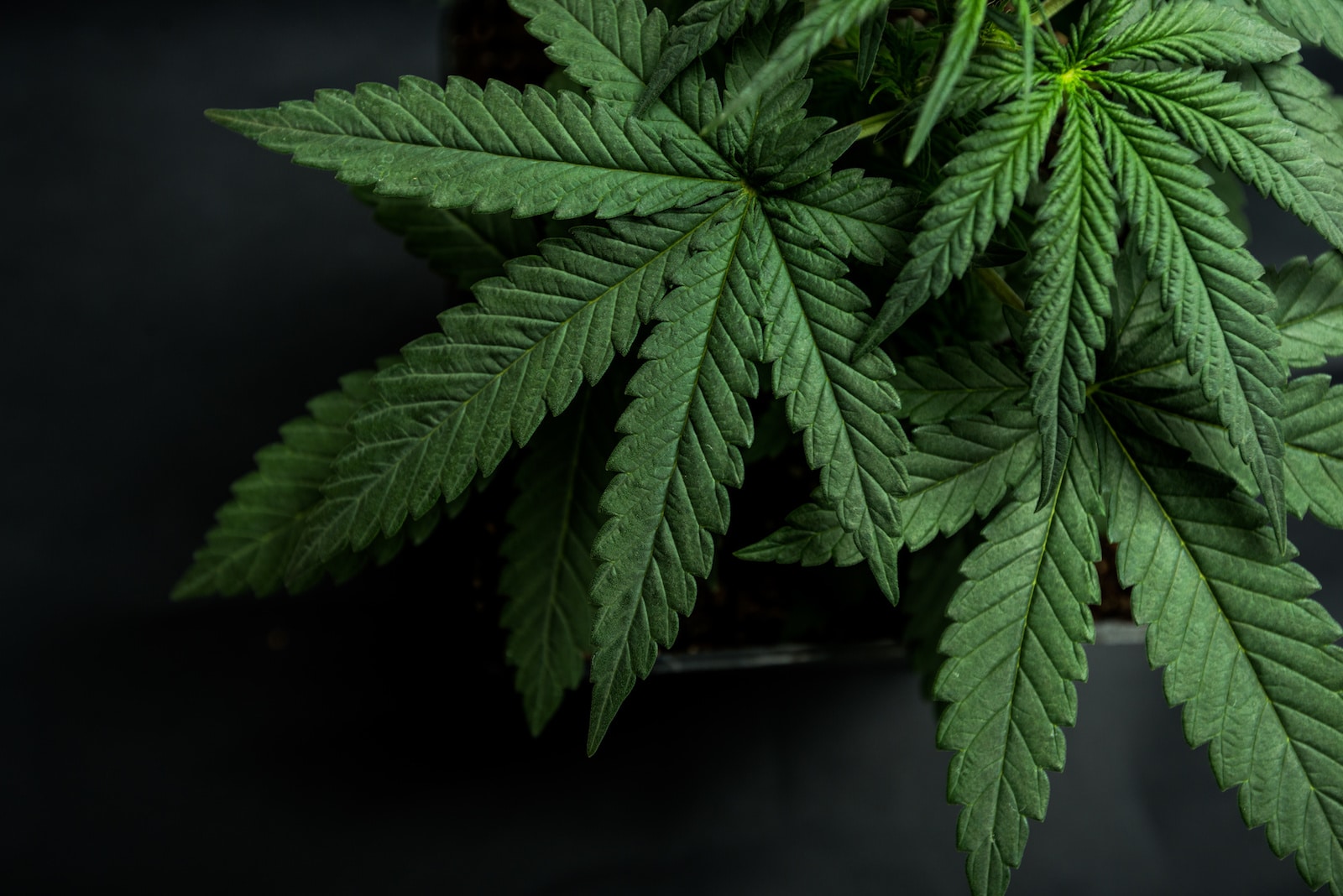Table of Contents
Marijuana use has risen significantly over the years thanks to the glorified depictions that we hear about in songs and see on TV and in movies. As a result, more and more people are becoming dependent on its use to the point that it’s negatively affecting their daily lives.
What’s worse is that many people who use it don’t know what they are putting inside their bodies. Marijuana comes in two main types— Sativa and Indica. However, hybrids of the two are also becoming more and more common. Each type of marijuana tends to have a different effect on people, so it’s important to know the difference.
What Is Sativa, Indica, and Hybrid Cannabis?
Sativa is a type of marijuana which has a high THC content and gives users what is known as a “head high.” In other words, it gives the brain a rush of energy, leading to a stimulating effect. Because of this, people tend to smoke this type of marijuana to try and be productive. However, the fleeting energy that one might feel at the moment isn’t worth the negative side effects that come with it.
The Sativa strain grows in Africa, Central America, Southeast Asia, and some western parts of Asia. Its physical characteristics include tall and thin leaves that resemble fingers and their size—Sativa plants can grow to 12 feet tall.
Indica, on the other hand, is used to relax because users feel a “body high” when using it. However, the Indica strain also makes your limbs feel heavy and makes you sleepy, which is why a lot of people use it before going to bed. Unfortunately, these so-called enjoyable side effects also come along with the negative side effects, including dry mouth, anxiety, paranoia, dizziness, and much more.
The Indica strain grows in Afghanistan, India, Pakistan, and Turkey as it prefers a dry and rocky climate. Unlike the Sativa strain, the Indica plant is short and bushy. The leaves are also bigger and wider than Indica leaves. Indica contains less THC and more CBD than Sativa does.
A hybrid is self-explanatory and is a strain of marijuana that comes from both the Indica and Sativa strains. Marijuana growers are constantly evolving and creating new types of strains. The effects of a hybrid strain can feature characteristics from both Sativa and Indica strains, which would make sense since the hybrid comes from both.
The side effects of a hybrid strain include a boost in energy followed by a feeling of being tired and euphoria and temporary happiness.
The chemical compounds found in the cannabis plant are known as cannabinoids and terpenes and are the reason you feel the effects of marijuana. Everyone’s body is different and may experience a high from marijuana differently.
What Are the Side Effects & Risks Associated with Using Sativa, Indica, and Hybrid Cannabis?
Although many people tend to downplay them, there are many side effects to using Sativa, Indica, and hybrid cannabis. You may be using it to relieve one problem, but in reality, you are just trading it in for another.
Some of the most common side effects of using marijuana are:
- Decreased blood pressure
- Increased heart rate
- Dry eyes
- Dry mouth
- Paranoia
- Lethargy
- Anxiety
- Irritation in the lungs
All these symptoms could worsen or combine with other pre-existing conditions that may devastate the person using. Users with asthma, for example, may find that they have an even harder time breathing if smoking marijuana.
People who suffer from anxiety may also experience worsened anxiety effects caused by marijuana, despite the drug being touted as a way to relax and relieve stress.
As mentioned earlier, more and more people are starting to use marijuana because they believe it will help them with any painful symptoms they may be feeling. But they don’t know that with the good comes the bad, and there are many negative side effects to using marijuana.
Using marijuana leads to confusion and dizziness, which can create accidents. For example, driving while under the influence of marijuana can be extremely dangerous. Even worse, marijuana can also interact negatively with heart medications which put people who take these medications at risk.
Another negative side effect of using marijuana is that it could lead to overeating and unhealthy weight gain. Marijuana is notoriously known for causing hunger in users, which leads to wanting to eat everything in sight. In addition, weight gain can be dangerous, especially for someone who is already obese, as it could affect their cholesterol, heart, and more.
Using marijuana can also put a dent in your wallet. Unfortunately, addiction doesn’t come cheap, and you’ll find yourself spending more and more on marijuana as your body grows tolerant to it.
Treatment Options for an Addiction to Sativa, Indica, or Hybrid Cannabis
People who find that they can’t function without smoking or using marijuana may benefit from going to a treatment center. There, they will be able to detox from marijuana and learn to live their lives again without relying on the drug to function.
At a treatment center, individuals suffering from an addiction will receive caring support from professionals with only their best interests.
Another way to get help would be to join a substance abuse recovery group where you can find a sober sponsor, attend regular meetings, and learn different coping mechanisms for dealing with withdrawal and cravings.
If you want more information about treatment centers and recovery options, don’t hesitate to reach out. Our drug, alcohol, and opiate rehab center in Houston treats individuals struggling with addiction.
Like this article? Follow our blog for helpful resources and information about addiction and drug abuse. Recent posts include tramadol withdrawal timeline, Adderall headache, and types of substance abuse.
Source:
Infinite Recovery has strict sourcing guidelines and relies on peer-reviewed studies, academic research institutions, and medical associations for our references. We avoid using tertiary references as our sources. You can learn more about how we source our references by reading our editorial guidelines and medical review policy.
- Theisen E. Beginner’s Guide to Cannabis Plants and Strains. Healthline. Published March 22, 2021. Accessed June 26, 2022. https://www.healthline.com/health/sativa-vs-indica
















